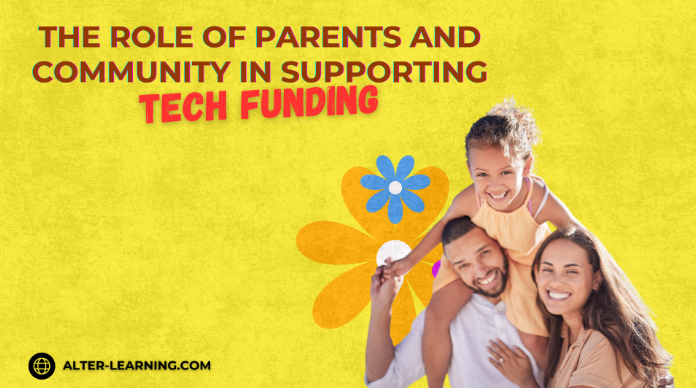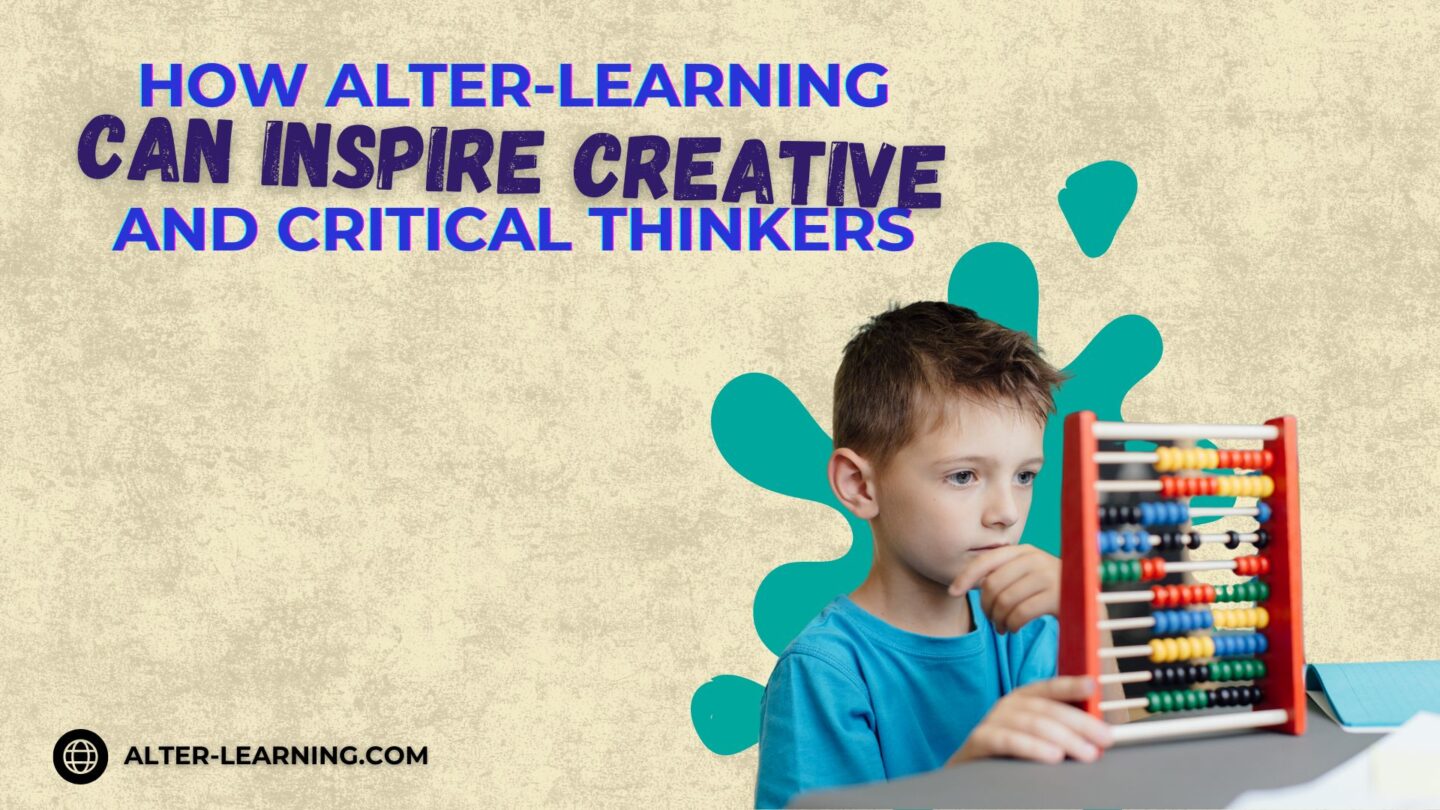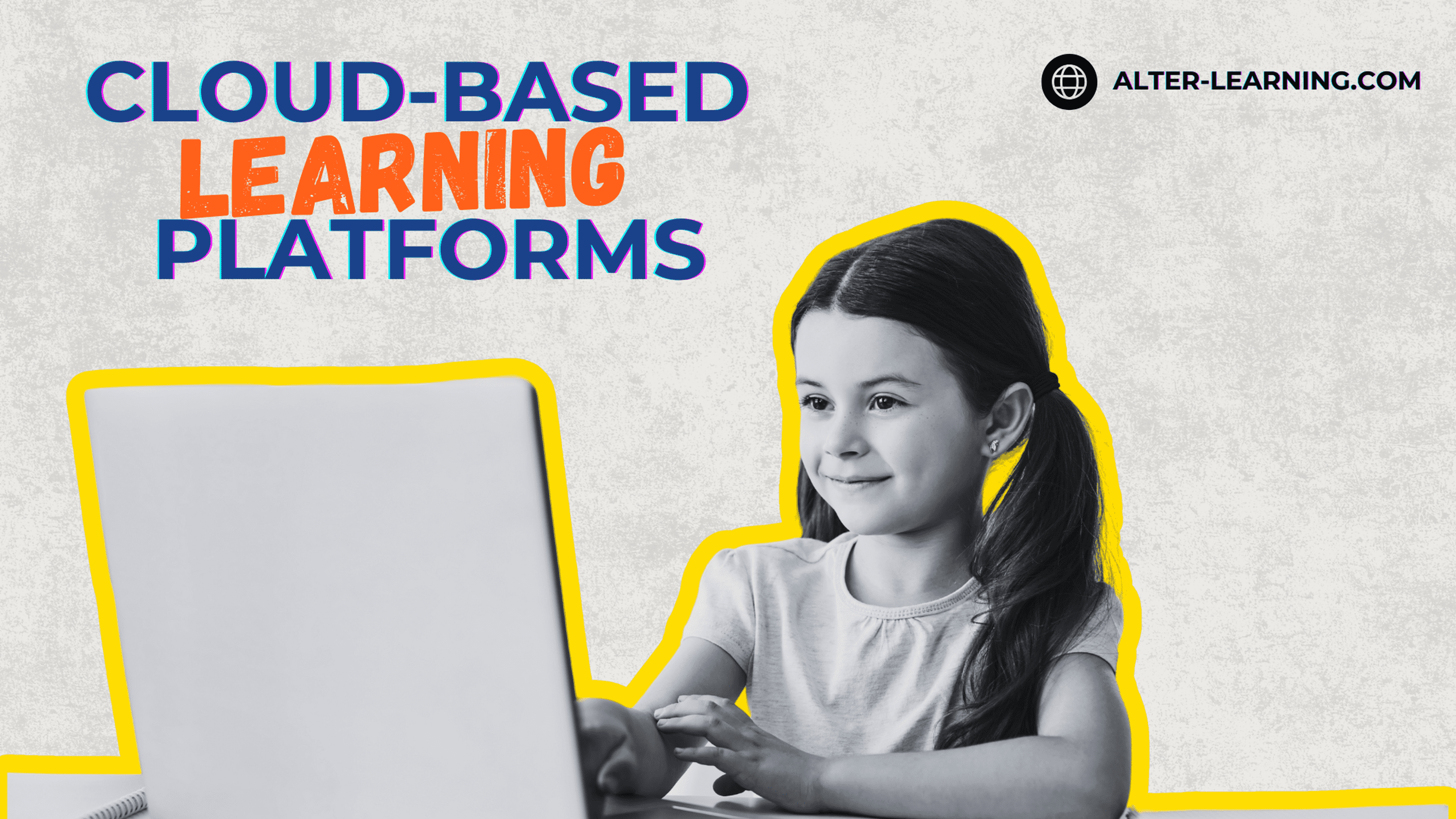In education, feedback is one of the most powerful drivers of learning. When students understand what they did well and where they can improve, they can adjust their strategies, build confidence, and keep moving forward. Traditional classroom feedback often comes in the form of grades or teacher comments—but in game-based learning, feedback can be immediate, interactive, and engaging.
Alter-Learning’s approach to STEAM educational games and immersive technology highlights how feedback loops can transform the way students learn. By providing timely, meaningful responses to actions, games can support deeper understanding, persistence, and motivation.
Feedback loops describe the continuous cycle of action, response, and adjustment. In educational games, this process can be built into gameplay so that every choice a student makes produces a consequence or insight.
Effective feedback loops may:
- Offer immediate responses when players solve a math puzzle or complete an engineering challenge,
- Provide visual or auditory cues that reinforce correct strategies,
- Allow retry opportunities, so mistakes become part of learning,
- Adapt dynamically to a player’s skill level, keeping challenges balanced.
By embedding these features, educational games can mimic the process of experimentation and refinement that drives real-world problem-solving.
Why Feedback Loops Support Learning
Feedback is most effective when it is timely, specific, and actionable. Game-based learning supports this by:
- Encouraging persistence – Players are motivated to try again when the game shows how close they are to success,
- Reinforcing mastery – Achievements, badges, or unlockable content can highlight progress in interactive physics simulations or VR coding tutorials,
- Building self-awareness – Students learn to reflect on their strategies, noticing patterns in their successes and mistakes,
- Supporting curiosity – Feedback keeps learners engaged, prompting them to explore alternative approaches in STEAM educational games.
These cycles not only build academic knowledge but also cultivate resilience and self-regulation.
Designing Effective Feedback in Games
Game mechanics can integrate feedback loops in multiple ways. Examples include:
- Scaffolded challenges, where early tasks provide frequent guidance that gradually fades as learners gain confidence,
- Adaptive difficulty, adjusting puzzles or missions in real time to maintain engagement,
- Embedded quizzes with instant results, helping teachers and students track mastery of key concepts,
- Collaborative multiplayer tasks, where peer interactions provide natural feedback through teamwork and communication.
These elements make feedback feel less like evaluation and more like a natural part of play.
The Teacher’s Role in Feedback Loops
While games can deliver powerful feedback, teachers remain essential in helping students interpret and apply it. With features like teacher dashboards and curriculum alignment, Alter-Learning can support educators by:
- Showing detailed data on student progress,
- Highlighting areas where learners may need additional support,
- Encouraging reflection activities that connect digital feedback to real-world growth,
- Facilitating group discussions on strategies, persistence, and collaboration.
This partnership ensures feedback becomes both immediate in-game and reflective in the classroom.
Challenges and Considerations
Not all feedback is equally effective. If poorly designed, feedback loops can:
- Overwhelm learners with too much information,
- Focus too heavily on rewards, reducing intrinsic motivation,
- Fail to account for diverse learning styles or accessibility needs.
Careful design that prioritizes clarity, inclusivity, and balance can help feedback serve its intended purpose—guiding learning rather than distracting from it.
Looking Ahead
Feedback loops are at the heart of game-based learning, offering students real-time insight into their progress while making the learning journey engaging and meaningful. By embedding clear, adaptive, and inclusive feedback, EdTech platforms can help students not just play, but truly learn from every choice they make.
Alter-Learning’s focus on STEAM-related keywords, immersive learning environments, and wellness-centered tools suggests that feedback can be more than correction—it can be encouragement, guidance, and a bridge to mastery. When students feel supported through responsive feedback, their learning doesn’t just continue—it grows stronger with every loop.
Follow Alter-Learning for more insights into immersive education, edtech success stories, and the future of learning. Want to explore how VR/AR could transform your school or learning platform? Let’s connect.




